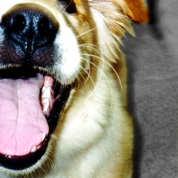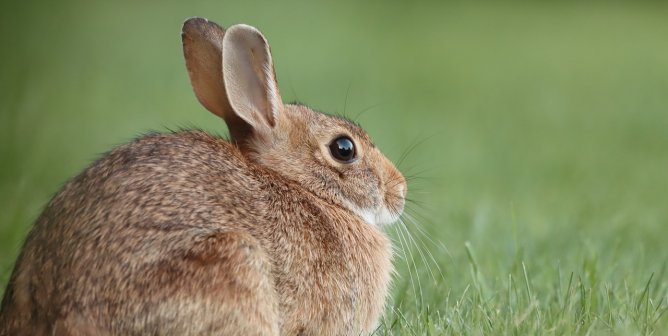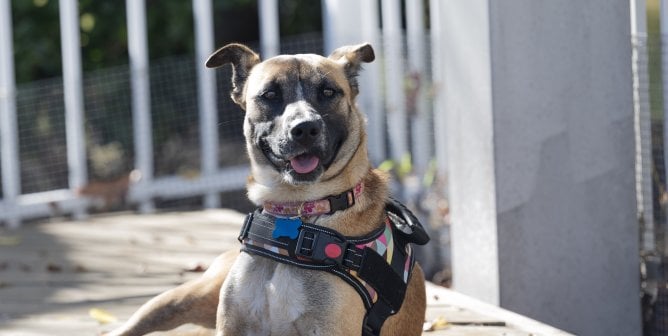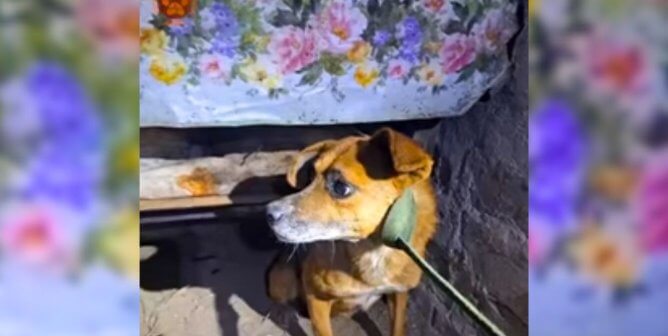Recently, I asked my vet about having my canine companion/best buddy Pete’s teeth cleaned.
Now, understand that I am someone who flosses daily, has never had a cavity, and faithfully wore a retainer for years after my braces came off. You could say that I’m a bit of a dental hygiene geek.
I guess my geekiness extends to doggie dental hygiene, because when the vet looked in Pete’s mouth, he seemed puzzled. He told me that Pete’s teeth were so clean that a professional cleaning simply wasn’t necessary! Hooray for prevention! And hooray for honest vets!
What about your dog or cat? Could your animal companion be in a Tom’s of Maine toothpaste ad, or is Fido’s or Fluffy’s breath so stinky that you hold yours every time he or she woofs, yawns, or meows? Good dental hygiene for your animal companion isn’t just about having pearly white choppers—although that’s a nice benefit. It’s also essential to his or her overall health.
For instance, did you know that if your dog or cat’s gums were to become infected and abscessed, it would allow bacteria to enter the bloodstream? This can cause complications with the liver, the kidneys, and even the heart!
If you haven’t already done so, why not start your best buddy on an oral hygiene plan today? The following are some tips on how to begin:
• Start very, very slowly. Use toothpaste that is specifically formulated for animals (as human toothpaste can upset animals’ tummies), and allow your animal companion to lick the paste off your finger. You may have to try a few different ones to find a flavor that your cat or dog likes. (Pete hates peppermint but loves vanilla!)
• Once your animal companion accepts the paste, put a dab on your finger, and gently run it along your animal’s teeth. When Fido or Fluffy is OK with this (it may take several days—be patient!), try doing the same thing using a soft toothbrush designed for animals’ gums and teeth, and make small, gentle circles along the gum line.
• Be sure to provide lots of praise throughout, and give Fido or Fluffy a treat, playtime, or a walk afterward so that the brushing will be seen as a pleasant experience. • Try to make brushing part of your animal companion’s daily routine—perhaps right after you brush your teeth!
Call your vet and make an appointment as soon as possible if you notice any of the following warning signs:
• Yellow or brown tartar buildup along the gum line
• Inflamed, red, swollen, bleeding, receding, or tender gums
• Persistent bad breath
• Broken teeth
• Tooth resorption—a common and very painful condition in cats, in which the tooth basically dissolves
• Change in eating or chewing habits, pawing at the face or mouth, or depression Your animal companion is sure to thank you for your efforts with sweet-smelling doggie or cat kisses—and that’s a reason for both of you to smile!








